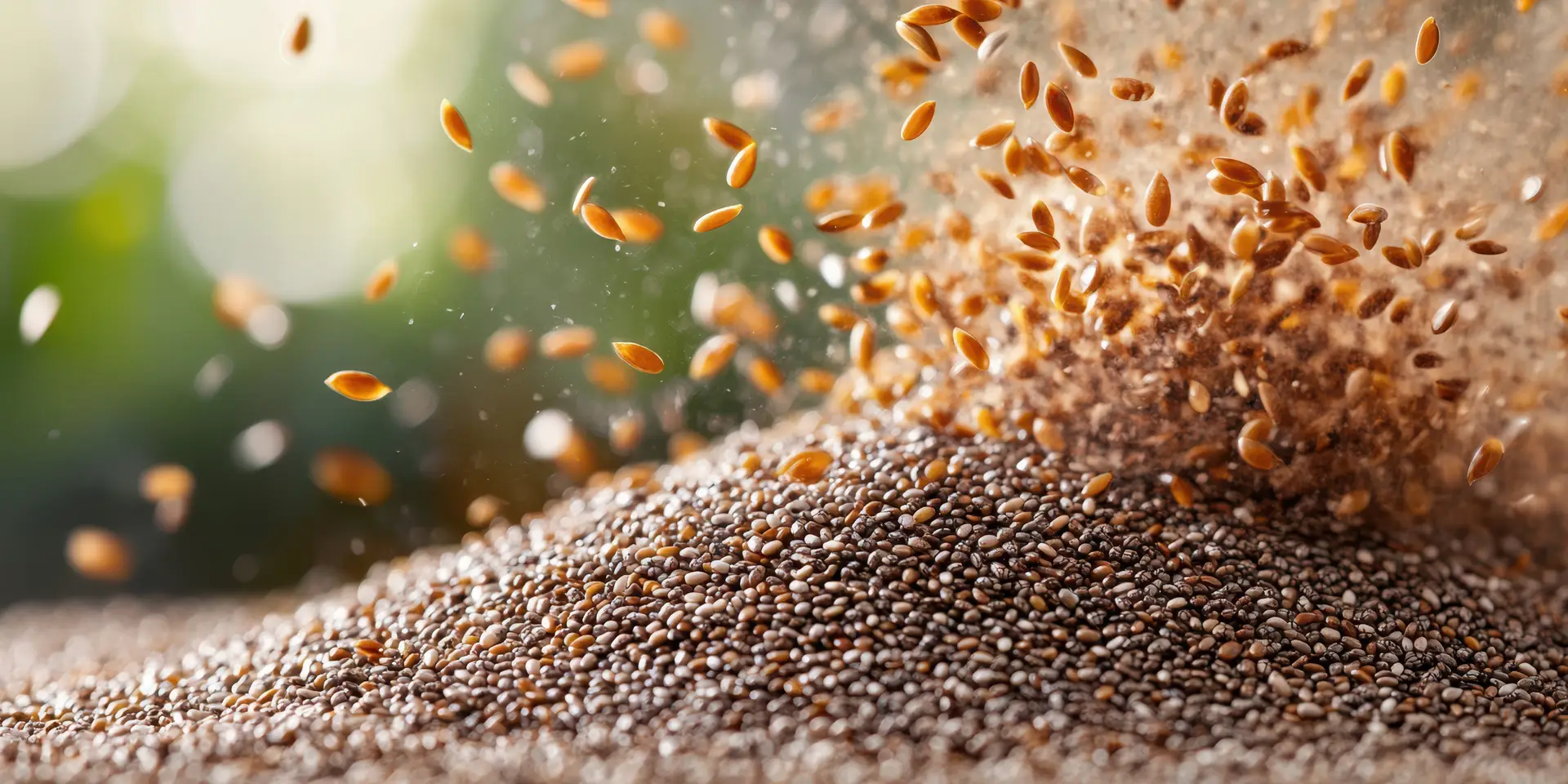Summary
Following India's Makar Sankranti festival, sesame seed prices have seen a significant downturn, with black sesame experiencing a sharp decline from ₹18,250 to ₹15,500 per 100 kg in just three days. This price movement comes amid increased demand from China and South Korea, creating both challenges and opportunities for Indian exporters in the global market.
Post-Festival Market Dynamics
The conclusion of India's festival season, marked by Makar Sankranti on January 15, has triggered a notable shift in sesame seed prices. The Jasdan Agriculture Produce Marketing Committee (APMC) yard in Gujarat's Rajkot district reported a substantial decline in black sesame prices, dropping from ₹18,250 to ₹15,500 per 100 kg between January 13 and 16. White sesame also saw a moderate decrease, moving from ₹9,500 to ₹9,000 per 100 kg during the same period.
Production Landscape
Despite the price decline, interesting trends are emerging in production patterns:
- Winter sowing has decreased to 20,000 hectares from last year's 37,000 hectares
- Summer harvest for 2024 shows a slight increase to 398,000 tonnes (up from 395,000 tonnes in 2023)
- Overall production for 2023-24 is projected at 847,000 tonnes, higher than the previous year's 807,000 tonnes
Global Competition and Export Markets
India faces strong competition in the international market:
- Indian hulled sesame seeds (99.98% purity) are currently priced at $1,870 per tonne
- Tanzania offers competitive pricing at $1,700 per tonne
- Myanmar, the global leader in sesame production, quotes white sesame at $1,380 per tonne and black sesame (Samone) at $2,300 per tonne
- Nigeria and Mozambique have emerged as significant competitors
Rising Asian Demand
The market is seeing increased demand from key Asian buyers:
- Chinese imports rose by 23% in the first 10 months of 2024, reaching 958,692 tonnes
- South Korea's imports increased by 20% to 68,350 tonnes
- India has successfully expanded its presence in the South Korean market with a 17% increase in exports
Price Outlook and Market Implications
With the winter harvest approximately 8-10 weeks away, the market is anticipating continued pressure on prices. This timing, combined with competitive pricing from other global suppliers, suggests a challenging period ahead for Indian exporters.
Conclusion
The post-festival decline in Indian sesame seed prices presents both challenges and opportunities for market participants. While lower prices may impact domestic sellers, they could enhance India's competitiveness in the global market, particularly in meeting the growing demand from East Asian nations. The success of Indian exports will largely depend on maintaining quality standards while offering competitive prices against established suppliers like Tanzania, Nigeria, and Myanmar. Traders and stakeholders should closely monitor the approaching winter harvest, as it could further influence price dynamics in this evolving market landscape.
